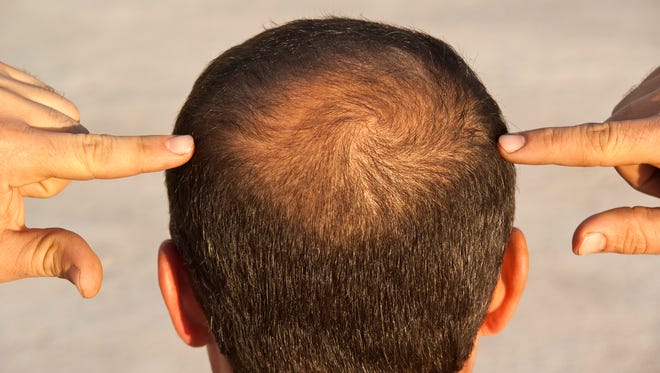Benign prostatic hyperplasia (BPH) is the condition suffered by men where the prostate gland gets enlarged and noncancerous. Benign prostatic hyperplasia is also known as benign prostatic obstruction and benign prostatic hypertrophy. The prostate undergoes two main periods of growth when a man is aging.
The first one occurs in early puberty as the prostate doubles up in size. The second phase starts around the age 25 and goes on during a major part of a man’s life. Benign prostatic hyperplasia is commonly seen in the second growth phase. Before you start enlarged prostate treatment, read on to know the symptoms.
Symptoms and causes of an enlarged prostate
In men, the urine goes through the urethra from the bladder. BPH is the noncancerous (benign) prostate enlargement that stops the urine flow through the urethra. The gradual multiplication of the prostate cells creates the kind of enlargement that keeps the urethra under pressure, i.e., the part through which semen and urine come out of the body.
When the urethra goes narrow, the bladder needs to forcefully contract to push the urine out.
Gradually, the bladder muscles might start getting overly sensitive, thicker, and stronger. It might start contracting even when it has smaller amounts of urine, which leads to a need for frequent urination. Eventually, the bladder muscles fail to overcome the impact of the narrowed urethra. So, the urine starts staying in the bladder and it never gets completely empty.
The common symptoms of enlarged prostate are:
- A slow or weak urinary stream
- Never feeling that the bladder is empty
- Problems with starting urination
- Urgency of urinating
- Frequent urination
- Frequently getting up to urinate at night
- The urinary stream doesn’t go smoothly
- Difficulty in urinating
- Constant dribbling of urine
- Coming back to urinate within minutes
As the bladder is never completely empty, you are at a higher risk for getting urinary tract infections. Several other serious issues might develop in time, such as acute urinary retention, incontinence, urinary blood, and bladder stones. A complete and sudden inability to urinate is seen as a medical emergency for which you need to see a doctor immediately. In some cases, even kidney or bladder damage from BPH is also possible.
Details of enlarged prostate treatment
There is a range of options available for treating an enlarged prostate – surgery, medications, and minimally-invasive procedures. The best choice of treatment is based on the severity of your symptoms and other medical conditions that you have.
The size of the prostate gland, your current age, and the overall health also factors in the treatment decisions. The best choice for a man in his fifties might not be the right choice for an eighty-year-old. The older man might need immediate symptom relief through surgery or drugs, while a young man might look for a minimally invasive option. In most cases, surgery is the best option to relieve symptoms, though it is riskier than other types of treatments.
Make sure you see a doctor right away if you notice any of the symptoms mentioned above.





